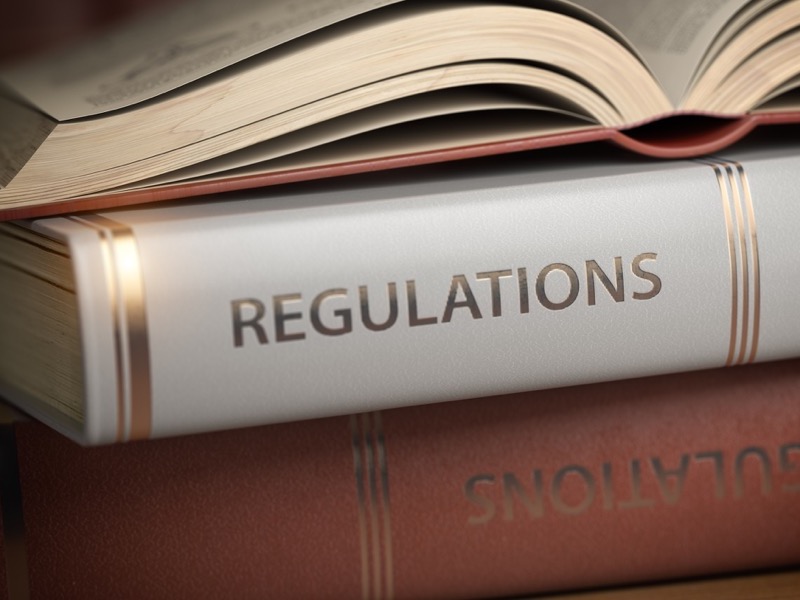
While they may have novel features, stablecoins should be treated like conventional financial market infrastructure, according to new guidance from global regulators.
The International Organization of Securities Commissions (IOSCO) and the Committee on Payments and Market Infrastructures (CPMI) issued preliminary guidance on stablecoin arrangements for public consultation.
In their report, the regulator said that stablecoins — cryptoassets pegged to a reserve asset such as the U.S. dollar — should adhere to the latest international standards for traditional payment, clearing and settlement systems.
The report seeks feedback on the conclusion that IOSCO’s existing Principles for Financial Market Infrastructures apply to systemically important stablecoin arrangements.
“This report is not intended to create additional standards for [stablecoins] but rather to provide more clarity to systemically important [stablecoin arraangements] and [regulators],” it said.
It also proposed additional guidance on how certain aspects of the existing IOSCO principles should apply to the features of stablecoins, including the potential use of novel settlement assets that carry additional financial risk, interdependencies between multiple stablecoin functions and their decentralized operations and/or governance.
“This report marks significant progress in understanding the implications of stablecoin arrangements for the financial system and providing clear and practical guidance on the standards they need to meet to maintain its integrity,” said Ashley Alder, chair of the IOSCO board and CEO of the Hong Kong Securities and Futures Commission. “We look forward to receiving submissions to further enhance our insights and recommendations.”
The report follows a call from the Financial Stability Board for global regulators and standards-setters to examine their principles and guidance in light of the growth of stablecoins, and their possible impact on the financial system.
IOSCO and the CPMI seek feedback on their report by Dec. 1.
The regulators said they may also examine other oversight issues for stablecoins and may coordinate with other standards-setters to address any regulatory gaps.
“This consultation document is part of an ongoing commitment by the international regulatory community to ensure the principle of ‘same risk, same regulation’ to identify potential risks and to help develop appropriate oversight to safeguard financial stability,” said Sir Jon Cunliffe, chair of the CPMI and deputy governor for financial stability with the Bank of England.